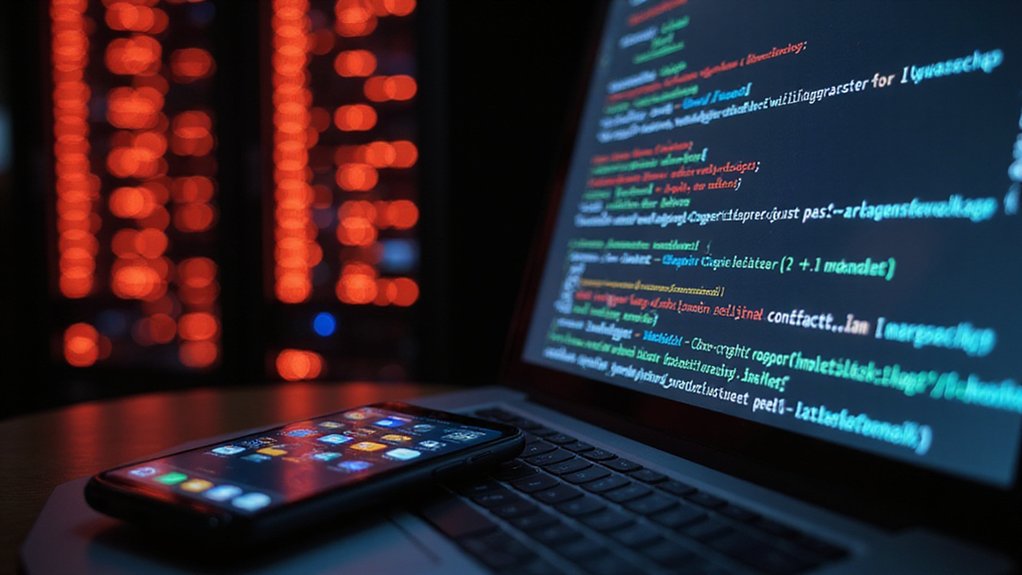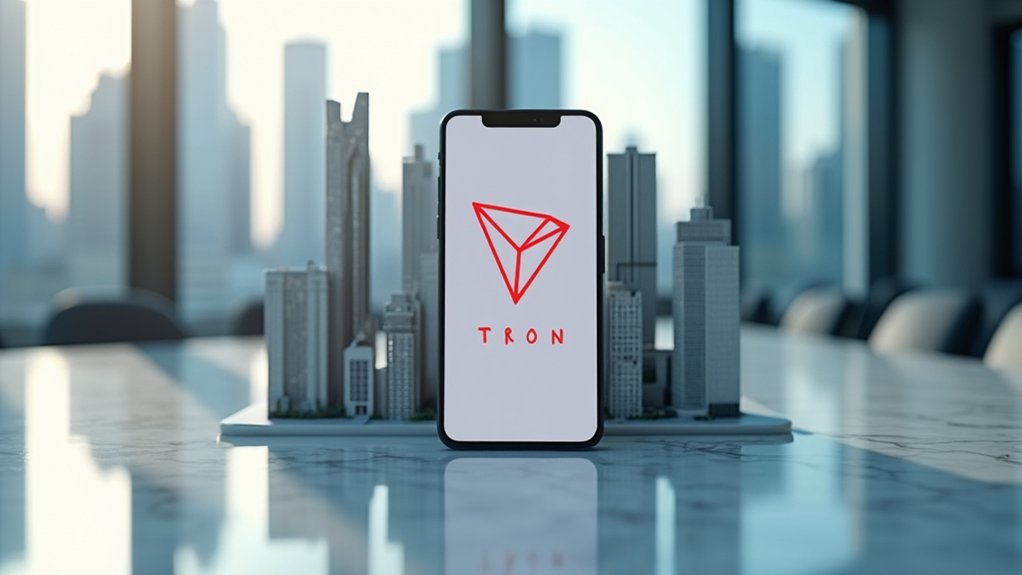When Elon Musk launches yet another digital venture—this time XChat, a direct messaging feature integrated into his X platform (the artist formerly known as Twitter)—the inevitable question arises: does this represent genuine innovation in encrypted communications, or merely another Silicon Valley security theater production?
Is XChat truly revolutionizing encrypted messaging, or is it just Silicon Valley’s latest exercise in security theater?
The marketing materials promise Bitcoin-style encryption, vanishing messages, file sharing, and audio/video calling capabilities across all platforms without requiring phone numbers.
Built on Rust architecture for enhanced security and performance, XChat positions itself as a competitor to established encrypted messaging platforms like Signal and iMessage.
Currently in beta testing among select users (primarily paid subscribers, naturally), the broader rollout depends on whether scaling challenges can be resolved.
However, the devil—as always—lurks in the details.
Encryption experts have raised eyebrows at the “Bitcoin-style encryption” terminology, noting that Bitcoin itself isn’t encrypted but rather employs public key cryptography for transaction verification.
This linguistic imprecision suggests either a fundamental misunderstanding of cryptographic principles or deliberate marketing obfuscation designed to capitalize on Bitcoin’s mystique among retail investors.
The ambiguity surrounding XChat’s actual encryption methodology raises legitimate concerns about security claims.
While some industry observers speculate the term might reference Bitcoin’s peer-to-peer encryption methods, the lack of technical specifications leaves users guessing about the platform’s genuine security capabilities.
This opacity becomes particularly problematic when considering that users may entrust sensitive communications to a system whose cryptographic foundation remains unclear. The cryptocurrency space has already witnessed how malicious actors exploit users’ trust through fake airdrop schemes and fraudulent platforms designed to steal wallet credentials and digital assets.
XChat’s feature set—including ephemeral messaging, universal file sharing, and cross-platform calling—certainly sounds impressive on paper.
The addition of four-digit passcode access provides an extra security layer, while the Rust foundation theoretically guarantees memory safety and performance optimization.
The timing of this launch becomes even more questionable given that X paused work on previous encrypted direct messaging initiatives, raising doubts about the platform’s commitment to security features.
Yet without transparent documentation of encryption protocols, these features risk becoming digital window dressing rather than substantive security improvements. Additionally, X retains the ability to access messages through compulsory legal process, fundamentally undermining any claims of true privacy protection.
The fundamental question remains whether XChat represents a meaningful advancement in secure communications or simply another instance of tech evangelism masquerading as innovation.
Until Musk’s team provides clear, verifiable details about their cryptographic implementation, users would be wise to approach XChat with the same skepticism they might reserve for any unaudited financial instrument promising extraordinary returns.









